Process Technologies

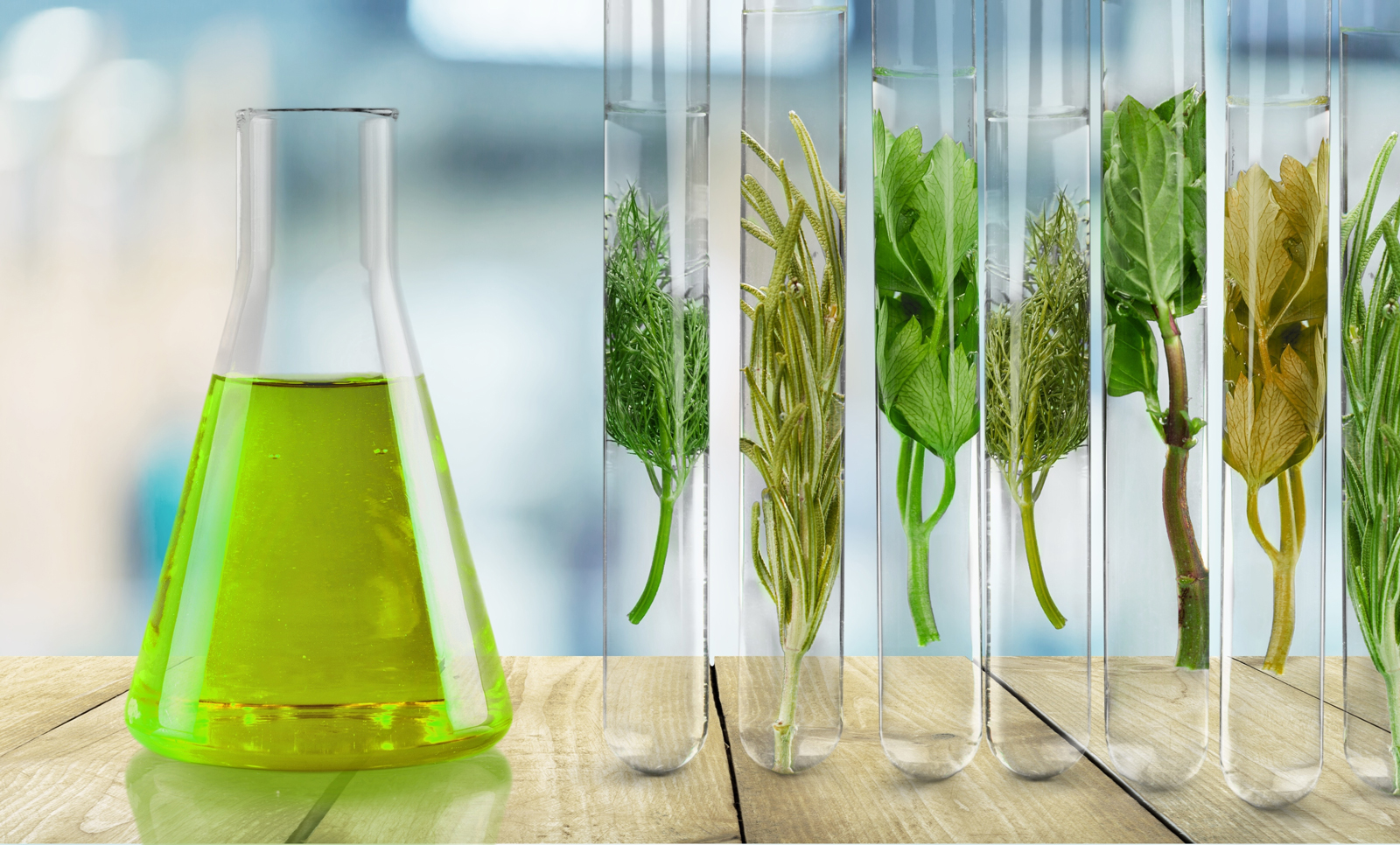
GREEN METHANOL PRODUCTION
K-GME-2000
Green methanol is a clean-burning fuel, perfect for a wide range of applications, from transportation to power generation. The clean and sustainable fuel that's revolutionizing the automotive industry.
Our process utilizes organic waste and sustainable energy sources. It significantly reduces greenhouse gas emissions, improving air quality and minimizing our impact on the planet.With our reliable production, you'll never have to worry about supply shortages or price fluctuations.
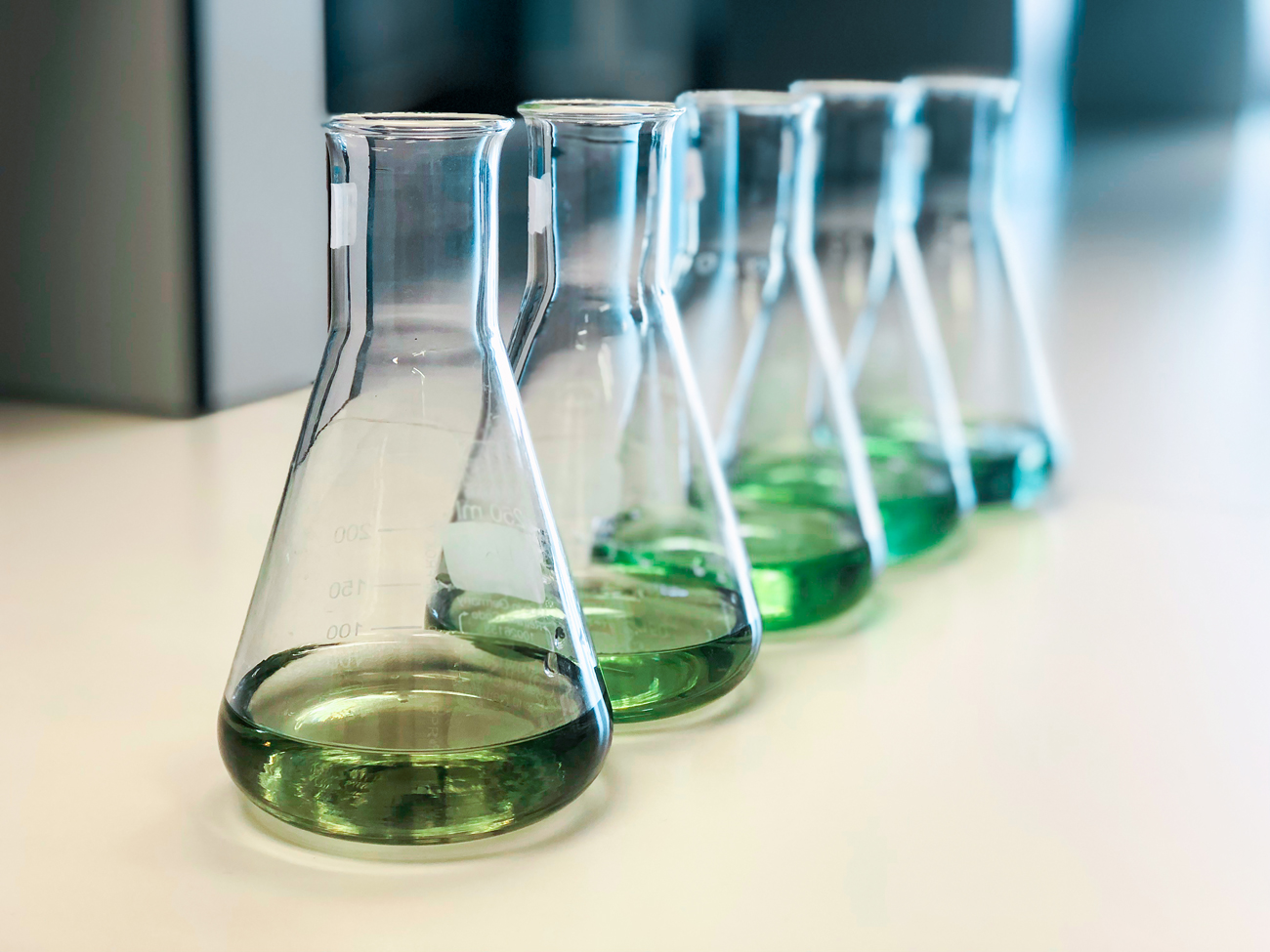
GREEN AMMONIA PRODUCTION
K-GAM-1000
Green ammonia production refers to the process of producing ammonia (NH3) using renewable energy sources and sustainable methods.
Green ammonia production aims to reduce carbon emissions and environmental impact by utilizing renewable energy.
Our process helps in decarbonizing the ammonia production industry and has several potential benefits, including supporting the growth of a green hydrogen economy, facilitating energy storage and transportation, and enabling the use of ammonia as a clean fuel or chemical feedstock.
Research and developments in green ammonia production are ongoing, and it holds promise as a sustainable solution in the transition towards a more environmentally friendly and carbon-neutral future.
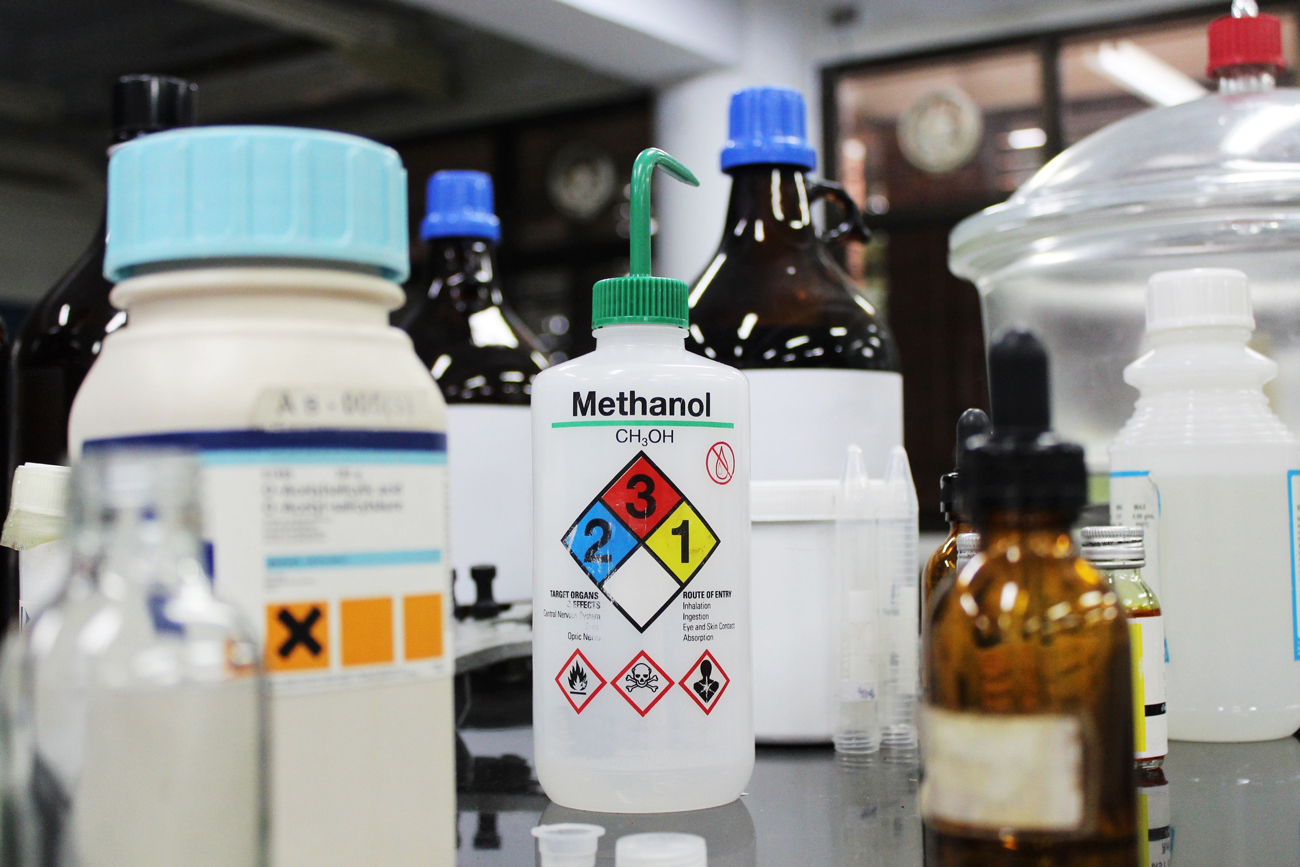
METHANOL PRODUCTION
KLING-ME300
Methanol, also known as methyl alcohol, is an essential industrial chemical used in various applications, including fuel production, chemical synthesis, and as a solvent.
There are several methods for methanol production, with the most common processes being natural gas-based and biomass-based production.
Methanol is a crucial platform chemical, meaning it serves as a building block for various chemical products and fuels. It is also used as an alternative transportation fuel and as a fuel additive in some regions.
Efforts are being made to explore more sustainable and greener methods for methanol production, such as utilizing renewable energy sources or carbon capture technologies to reduce the environmental impact associated with traditional production methods. These developments aim to promote a more sustainable future for methanol and its applications in various industries.
Introducing our revolutionary Methanol Products: Clean, Green, and Sustainable.
We are proud to offer a cutting-edge methanol production process that prioritizes environmental responsibility and sustainability. Our advanced technology enables us to produce high-quality methanol using renewable resources, contributing to a cleaner and greener future.

GREEN HYDROGEN PRODUCTION
K-H2-5000NP
Green Hydrogen Production is a process of generating hydrogen gas (H2) using renewable energy sources. Unlike conventional hydrogen production methods that rely on fossil fuels like natural gas, green hydrogen production aims to minimize carbon emissions and environmental impact.
The primary method of producing green hydrogen involves electrolysis. Electrolysis is a process which splits water (H2O) into hydrogen and oxygen using an electric current.
Heavy industries no longer need to compromise between growth and sustainability. Our green hydrogen is ready to power your industrial processes without adding to your carbon footprint. From steel manufacturing to chemical production, we're paving the way for a cleaner, more responsible future.
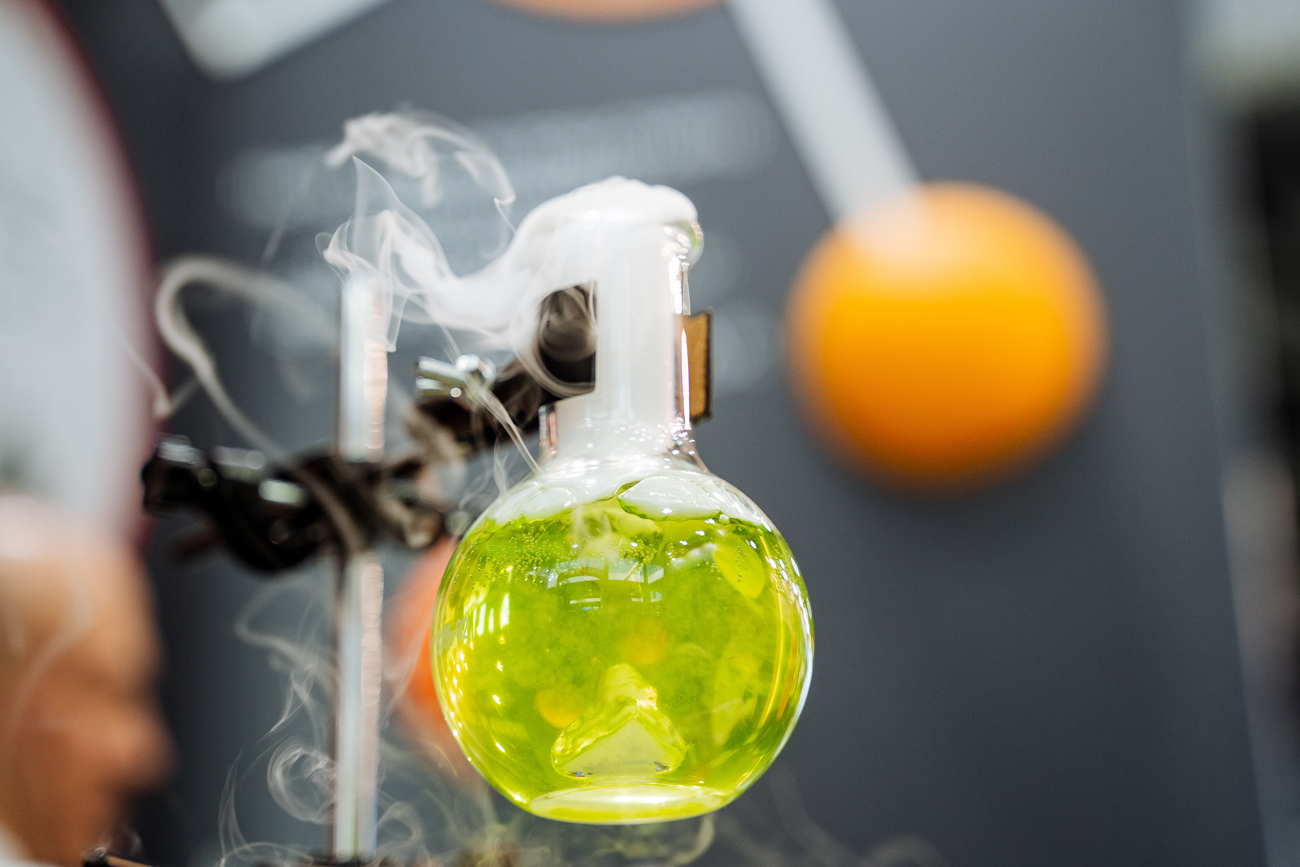
Urea Formaldehyde
K-UF85-3000D
The Urea-Formaldehyde process is a chemical reaction that produces urea-formaldehyde resins, which are widely used in diverse industries, including wood products, textiles, paper, and plastics. These resins are valued for their adhesive and binding properties, as well as their capacity to provide water resistance and durability.
The process involves the reaction between urea and formaldehyde in the presence of a catalyst and under controlled conditions of temperature and pH.
It's important to cite that the Urea-Formaldehyde process has some environmental concerns, as formaldehyde is a volatile organic compound (VOC) that can emit harmful gases.
Our process takes step to minimize formaldehyde emissions and secure the safety of workers and end-users and our experts continually researching for development of alternative and more environmentally friendly resin systems.
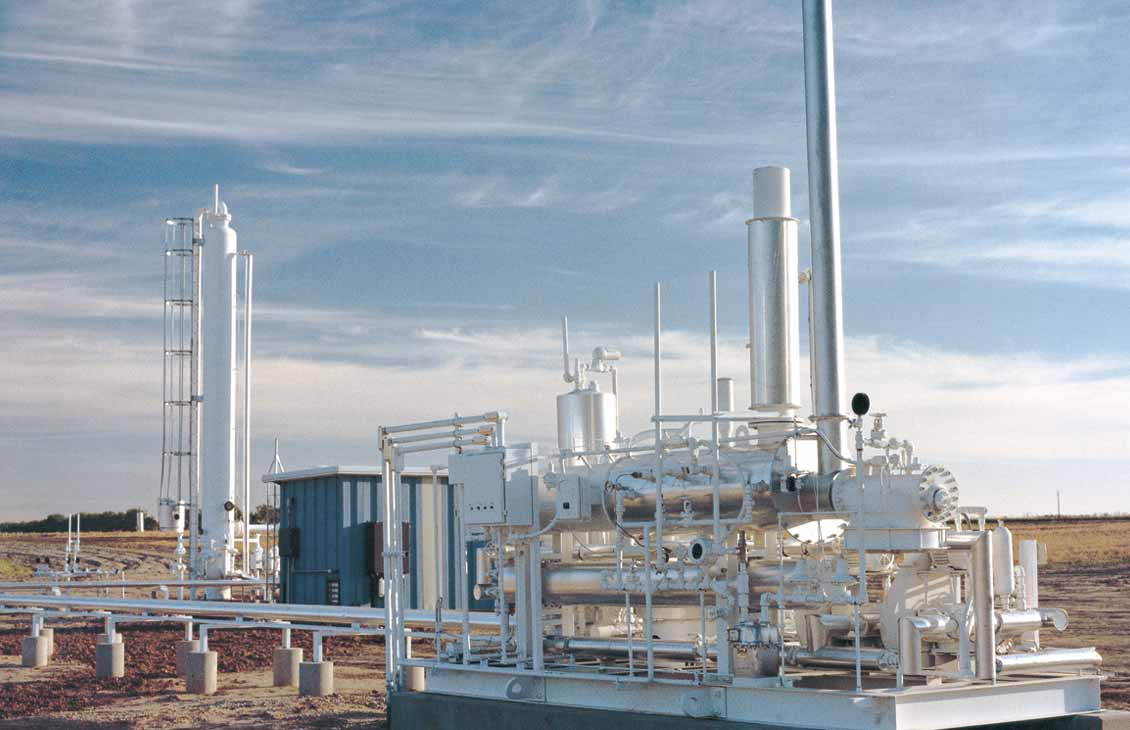
GLYCOL GAS DEHYDRATION
K-GDU-4000PSIMAX
Glycol Gas Dehydration also known as glycol dehydration or simply glycol drying, is a widely used technique in the natural gas industry to extract condensation from natural gas streams. Water vapour can be destructive to natural gas pipelines and processing equipment due to the potential for corrosion, hydrate formation (which can block pipelines), and other operational challenges. Glycol gas dehydration involves using a liquid desiccant, typically a glycol solution, to absorb the water vapour from the gas, leaving the gas dry and free from moisture.
We comprehend that no two gas processing operations are the same. That's why we offer tailored solutions that take into account your gas composition, flow rates, and specific requirements. Our team of experts works closely with you to design and execute a glycol dehydration system that fits seamlessly into your existing infrastructure.
Knowing reliability is crucial in the gas industry. Our solutions are built to withstand the challenges of harsh operating environments, ensuring that your gas operations continue without interruption.
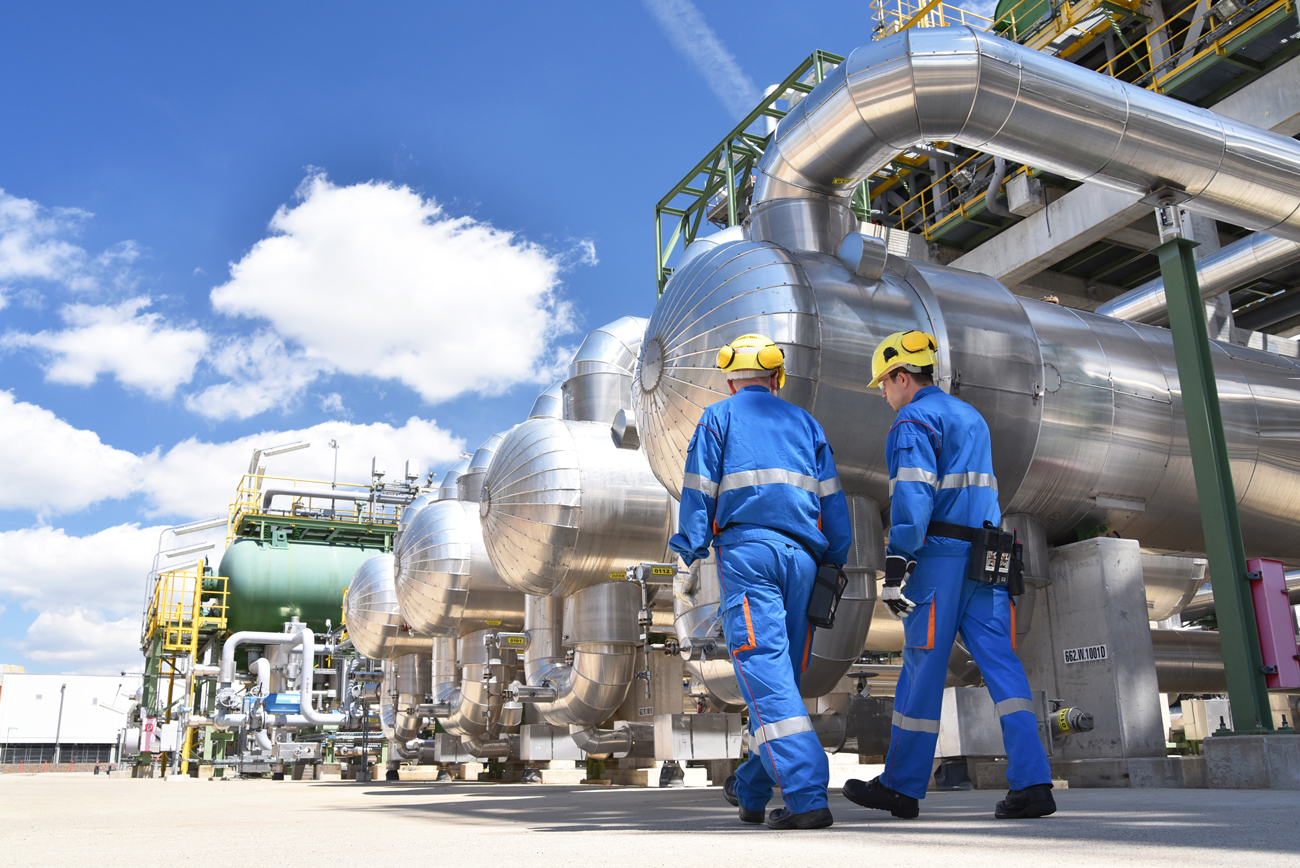
ARU AMINE PROCESS
K-ARU-4000H
The ARU (Amine Recovery Unit) process is crucial in natural gas processing to ensure that the final gas product meets pipeline specifications and regulatory requirements for safety, environmental protection, and quality. It plays a significant role in the overall gas processing and refining industry by enabling the safe removal and management of corrosive and harmful acid gases from natural gas streams.
Environmental responsibility is at the heart of our process. By effectively removing corrosive and harmful acid gases, we contribute to a cleaner, safer world.
We are introducing a game-changing technology that guarantees efficient and environmentally responsible removal of acid gases from your natural gas streams. Employ our ARU process to produce high-purity chemical compounds essential to your production lines.
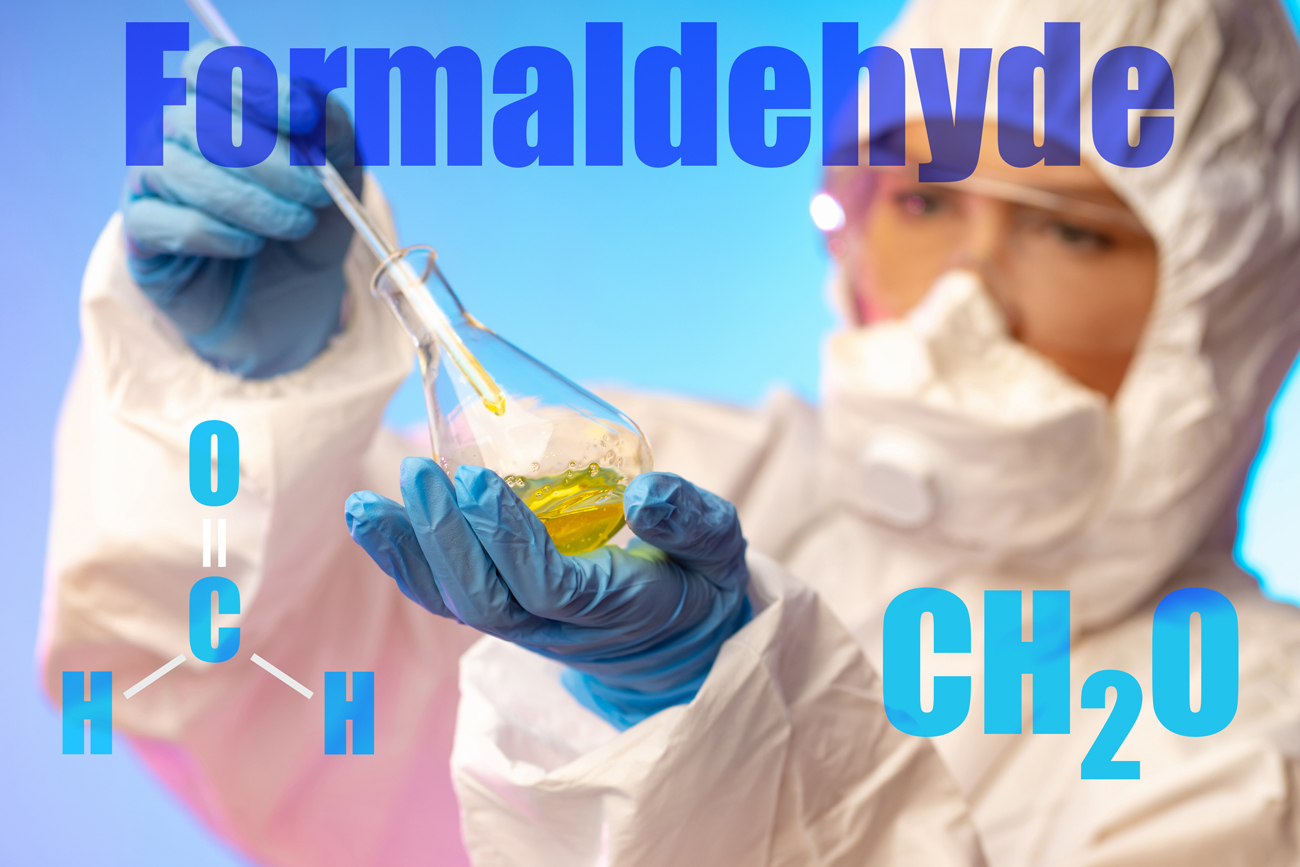
FORMALDEHYDE PROCESS
K-FORMA-4000MP
Formaldehyde, a compound with a fascinating history and diverse applications. Allow me to shed light on the intriguing process involved in its production, which may have relevance in the realm of advertising.
In this process, methanol (CH3OH) is reacted with air, typically in the presence of a catalyst. The reaction takes place at elevated temperatures, and moderate pressures. As methanol and air come into contact with the catalyst, they undergo a series of chemical reactions, ultimately yielding formaldehyde and water.

UREA Production Process
K-UR-6000MAX
The production process of urea involves the synthesis of urea, a compound generally used as a nitrogen-rich fertilizer and in diverse industrial applications. Urea is synthesized through a chemical reaction between ammonia and carbon dioxide.
The urea production process is energy-intensive due to the need for high temperatures and pressures. It is also essential to optimize the process to maximize yield and minimize waste.
Our experts have fine-tuned every step of the production process to assure the highest purity and quality of urea. From ammonia synthesis to explicit urea recovery and purification, our creative techniques ensure a fertilizer product ready to unleash the full potential of your crops.

